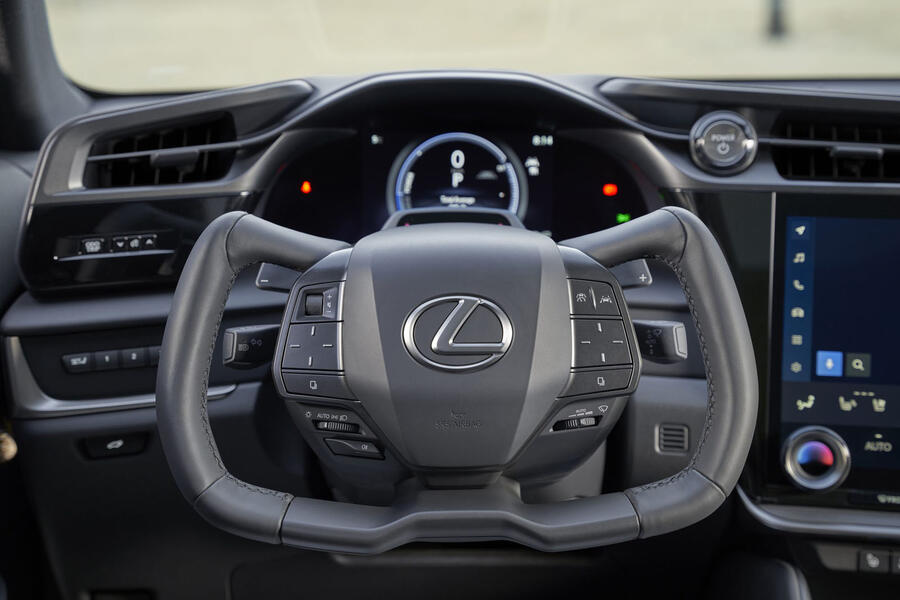Lexus seemingly does everything you’d want of a premium brand. This year it topped the What Car? reliability survey for the third year running. Owners regularly praise the dealership experience and the brand was leagues ahead on electrified drivetrains, launching its first hybrid in 2005. It was also at the forefront of the posh, road-oriented SUV trend, starting with the RX in 1998.
So why does the brand still not resonate with buyers in either the UK or Europe? As owner Toyota basks in a record market share for its mainstream brand in Europe, it is applying an overhaul to Lexus in the region in the hope of fixing the imbalance.
Lexus sales to the end of November in the UK reached just 9034, down 31% to put it behind even beleaguered Jaguar, according to UK automotive lobby group the SMMT. Even in its best year, 2019, it only sold 15,713.
Despite those small numbers, the UK’s still a relatively big market for Lexus compared to the rest of Europe. The brand sold 30,265 to the end of October across the region, down 27%. according to the SMMT equivalent for Europe, ACEA.
“There’s no denying 2022 was a very tough year for Lexus,” the head of Toyota in Europe, Matt Harrison, told journalists at a media event held at the end of November.
Part of the problem right now is supply. All Lexus models sold in Europe are made in Japan and they’ve been hit hard by the chip shortage.
As of the beginning of December, the UK webpage for the brand’s key NX mid-sized SUV – which vies with the compact UX for best-seller in the brand’s range – was dominated by the message that the parallel-hybrid version of the newly launched model has sold out for 2023. “As such, we have temporarily stopped taking orders”. The plug-in hybrid remains on sale.
![]()






Add your comment